During an excavation of an area to the south of Donggung (the Crown Prince’s Compound) of Gyeongbokgung Palace, the royal palace of the Joseon Dynasty, NRICH discovered remains of a large lavatory used some 150 years ago. It is the first discovery of a lavatory site within a palace.
From the excavated soil, a great number of parasite eggs (nearly 18,000 eggs per gram), as well as seeds of cucumber, eggplant, and perilla plants, were identified. In addition, the historical records in Gyeongbokgung baechido (Plan of Gyeongbokgung Palace) and Gunggwolji (Records of Royal Palaces) have confirmed the existence of a public restroom at the site.
Absolute dating and other means suggest that the lavatory was built in 1868, when the rebuilding of the palace was completed, and used for some 20 years. The lavatory was probably for low-ranking officials, court maids, and palace guards.
As for the structure, the lavatory is in the form of an elongated pit that measures 10.4 meters long, 1.4 meters wide, and 1.8 meters deep. Its floor and walls were all made of stone to prevent human waste from leaking out. The pit features three holes, one for the inflow of water and two for the outflow of water. This design resembles the structure of a modern septic tank: Water was added to the sediment of human waste to promote the fermentation and precipitation process and then wastewater and purified water were let out through the two holes. According to a historical record, the lavatory had 4–5 kan (bays) and a capacity of up to 10 people.
This discovery is expected to contribute significantly to the restoration of palace life in the Joseon period, a subject that had previously been ignored.


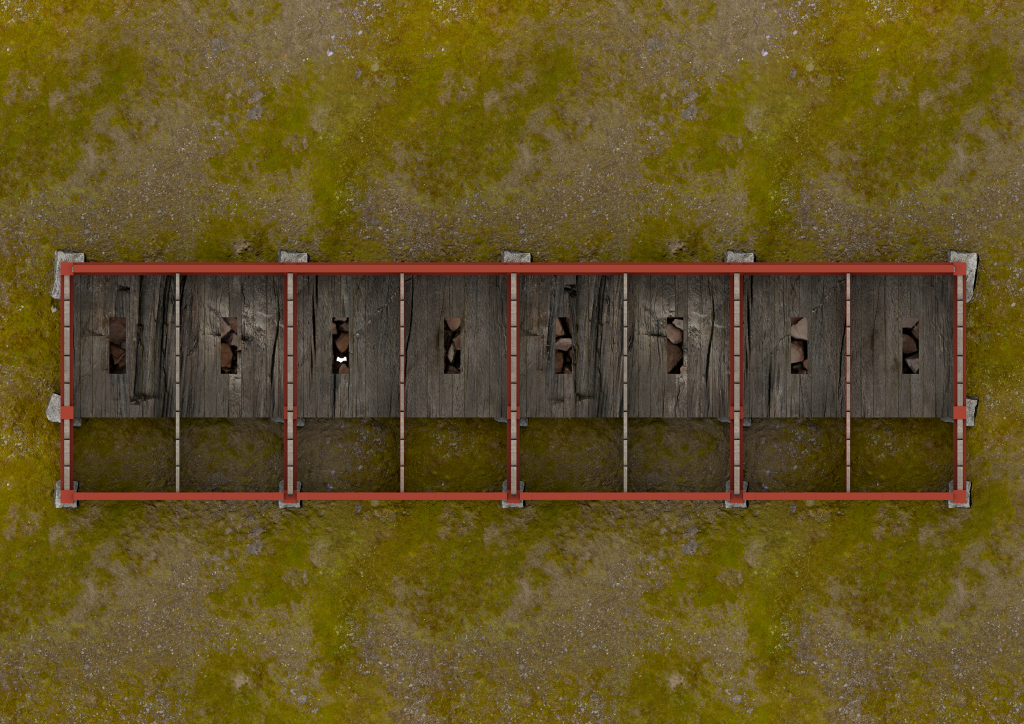

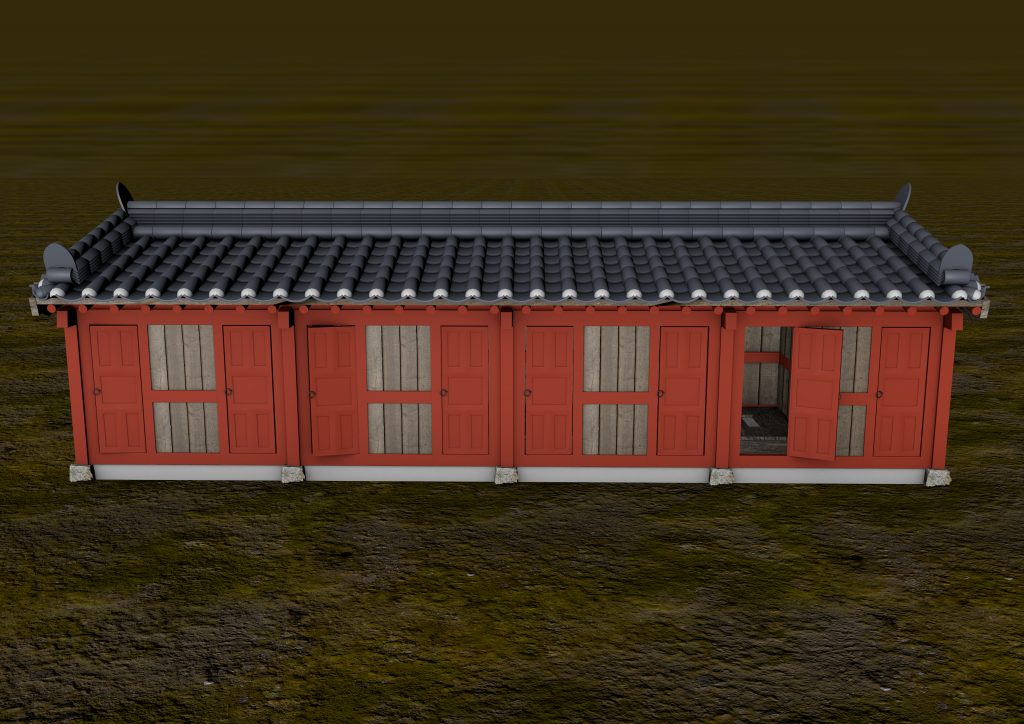




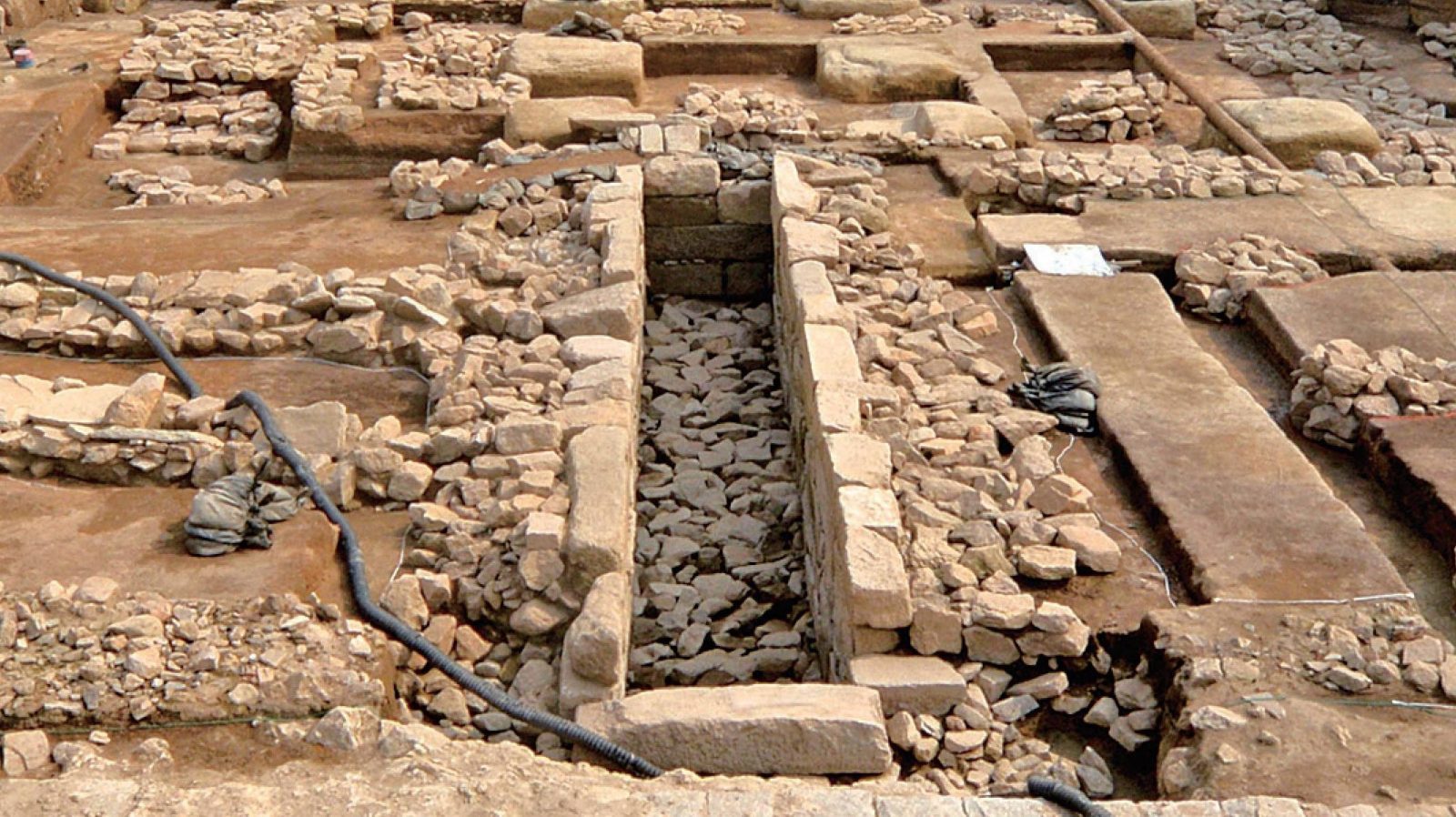
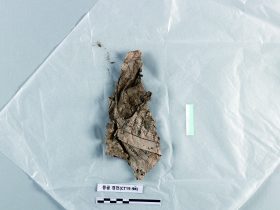
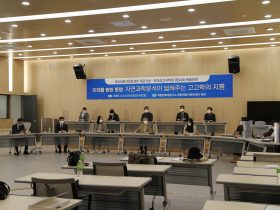
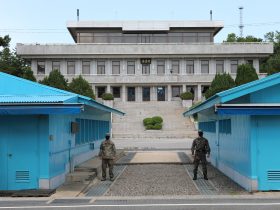

Leave a Reply